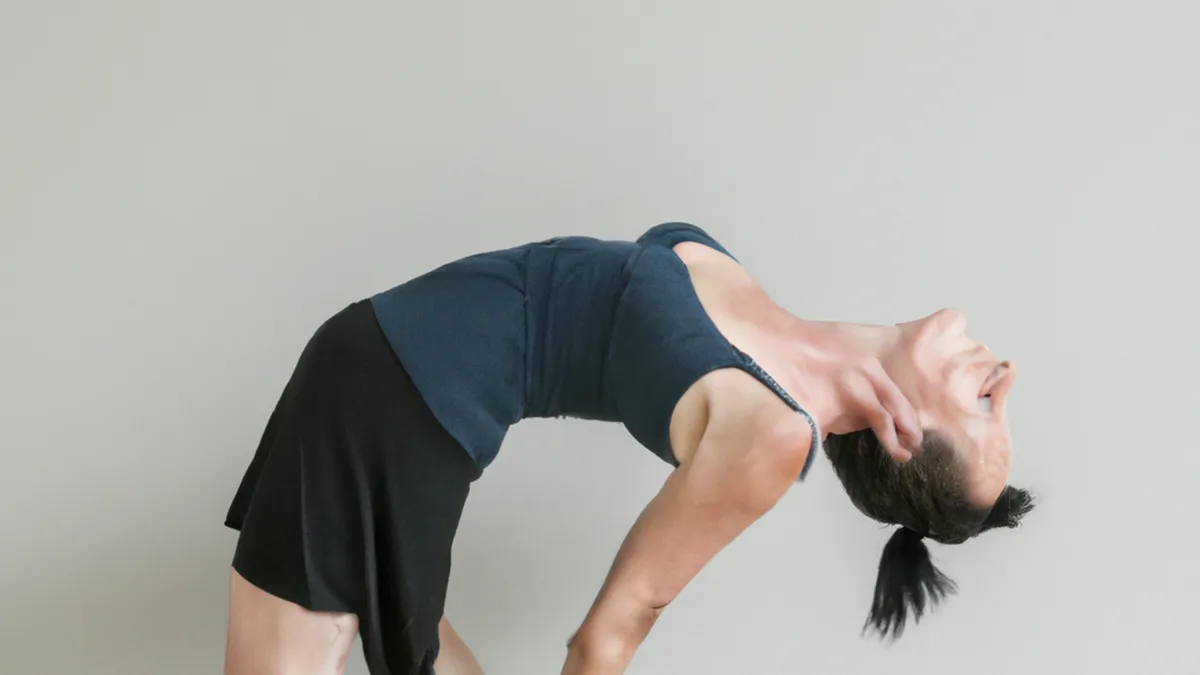Stretch Your Way to Ageless Flexibility
Maintaining Flexibility in Later YearsAs we age, we must maintain flexibility. Flexibility keeps us active and reduces injury risk. It improves our quality of life, allowing us to enjoy daily activities. In this blog post, we will share tips to maintain flexibility, explore exercises, and discuss flexibility benefits in later years.
The Importance of Flexibility
Flexibility describes the ability of joints and muscles to stretch and move fully. As we age, muscles and tendons lose elasticity. This loss leads to stiffness and discomfort, making tasks harder. Regular flexibility exercises can enhance mobility and keep you agile.Good flexibility supports posture and improves balance, which is crucial as we age. A flexible body allows you to pick things up, reach high shelves, or enjoy recreational activities without pain. Flexibility also enhances athletic performance, enabling fluid movements and better coordination.
Tips for Improving Flexibility
As an Amazon Associate I earn from qualifying purchases.
Gear tip: consider multisport smartwatch, stretching strap, and yoga blocks to support this topic.
1. Incorporate Stretching into Your Routine
Start each day with gentle stretching exercises. Dedicate 10 to 15 minutes to major muscle groups like your neck, shoulders, back, hips, and legs. Here are some simple stretches:- **Neck Stretch:** Tilt your head to one side, bringing your ear toward your shoulder. Hold for 15-30 seconds, then switch sides.- **Shoulder Stretch:** Bring one arm across your body and hold it with the opposite arm. Feel the stretch in your shoulder. Hold for 15-30 seconds on each side.- **Hamstring Stretch:** While seated, extend one leg out and keep the other foot against your inner thigh. Lean forward gently to feel a stretch. Hold for 15-30 seconds and switch sides.- **Hip Flexor Stretch:** Stand with one foot forward and the other leg extended back. Bend the front knee while keeping the back leg straight. Hold for 15-30 seconds and switch sides.Consider joining a yoga or Pilates class. These practices focus on flexibility, core strength, and balance. They promote relaxation and mindfulness, benefiting your physical and mental well-being.
2. Stay Active with Low-Impact Activities
Engage in regular low-impact exercises. Activities like walking, swimming, or cycling enhance flexibility while minimizing stress on your joints. Aim for at least 150 minutes of moderate aerobic activity each week to maintain muscle strength and flexibility.Swimming offers unique benefits as water supports your body, allowing greater range of motion without injury risk. Moreover, it provides an excellent full-body workout.
Conclusion
Maintaining flexibility enhances your mobility and quality of life. Incorporate stretching and low-impact activities into your daily routine. Enjoy the benefits of flexibility in your later years.
Below are related products based on this post:
FAQ
Why is flexibility important as we age?
Flexibility is crucial for maintaining mobility and reducing injury risk as we age. It helps improve posture and balance, making daily tasks easier and allowing for enjoyable recreational activities without pain.
What are some effective stretching exercises for flexibility?
Effective stretching exercises include neck stretches, shoulder stretches, hamstring stretches, and hip flexor stretches. Each stretch should be held for 15-30 seconds and can easily be incorporated into a daily routine.
What types of activities can help maintain flexibility?
Low-impact activities such as walking, swimming, and cycling are excellent for maintaining flexibility. These exercises promote muscle strength and flexibility while minimizing stress on the joints.















Post Comment